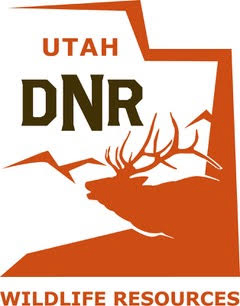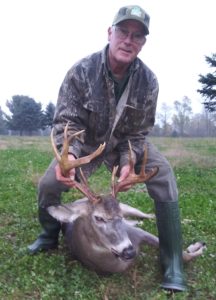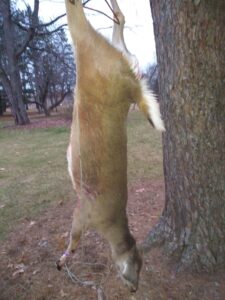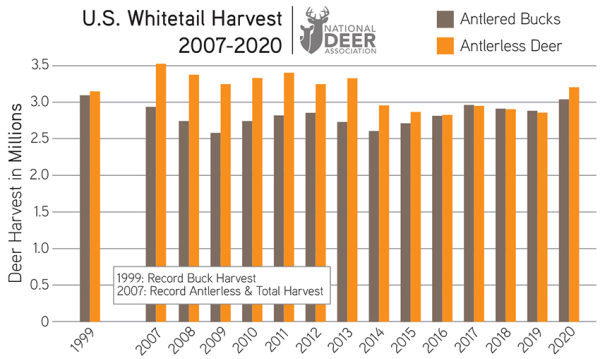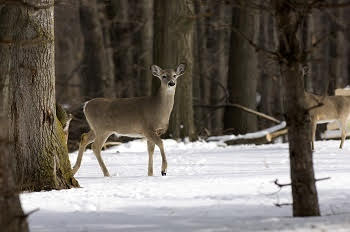Anchoring a Whitetail
By Glen Wunderlich
With only three days remaining in the regular firearms deer season, the cold rain was irrelevant. The southeast wind, on the other hand, meant the majority of my hunting-stand options would be out of play. However, a turkey hunting blind intentionally left in place all year for just such conditions would be my destination for an afternoon whitetail rendezvous.
Over the past two weeks, several opportunities had arisen to refill the freezer, but being a practitioner of quality deer management principles, young bucks were granted renewed leases to grow; antlerless deer had also been ignored based on faith that other chances loomed.
Last weekend, my great grandson accompanied me on a half-mile walk in the early morning darkness to a roomy blind with swampland to the east and a food plot to the west. My six year-old companion has the eyes and ears for which an old-timer like me was once familiar, and this day, he’d be my assistant.
After hours on stand, the youngster spotted a deer, which turned out to be a button buck fawn that had a hankering for turnips. We were content to watch him devour the still-lusciously green brassica leaves and called it a morning shortly thereafter. Our last chance together in the afternoon proved just how fickle opportunities can be and we headed home empty handed without seeing another deer.
Two days later and now alone, with wind and rain in my face, I settled into a portable ground blind that would shelter me from the cruel, persistent elements. My Burris binocular, Bushnell rangefinder, and Leupold rifle scope could be counted on, if a situation needed clarification – or, so I thought.
Before 5pm, a pair of whitetail deer appeared from a neighbor’s woodlot at approximately 100 yards from me. I deliberately pulled the binocular to my eyes and saw nothing but fog, courtesy of the heavy air. I dabbed the moisture from the lenses with my undershirt, being careful not to smear the water and scratch the glass and discovered the duo to be a button buck and mature doe.
While the young buck threw caution to the wind and began chomping turnip leaves, the long-nosed antlerless bodyguard stayed put. Fifteen minutes passed and the doe had not moved anything but its head and eyes during its surveillance operation.
Patience would be the key, because I knew from past experience that the deer would eventually migrate into the field. And, that’s what I needed so that it couldn’t bolt onto another’s land, if it didn’t drop quickly from a shot.
Finally, the adult doe edged close enough for me to be comfortable with a shot. But, not just any kill shot would suffice. I would attempt to anchor the deer on the spot with a high-shoulder shot, so that any dispute with a neighbor would be avoided.
The NEF 12-gauge Ultra Slug single-shot boomed, as the Federal Premium load launched a 325-grain Barnes tipped bullet to the mark and the hunt was over with one perfectly placed shot. The Rose Lake deer check station
confirmed it to be 5 ½ years old, before sawing off its head and shipping it to Ames, Iowa for Chronic Wasting Disease testing.
With a month of various deer hunting seasons left, opportunities abound. Here are the muzzleloading seasons by zones:
o Zone 1: Dec. 2-11, 2016
o Zone 2: Dec. 2-11, 2016
o Zone 3: Dec. 2-18, 2016
Late antlerless season begins December 19 and runs through January 1, 2017 on private land in select Deer Management Units. Archery season is open now through January 1, 2017, as well.




